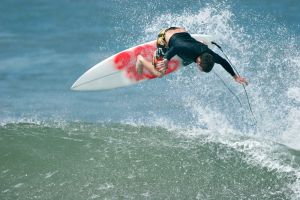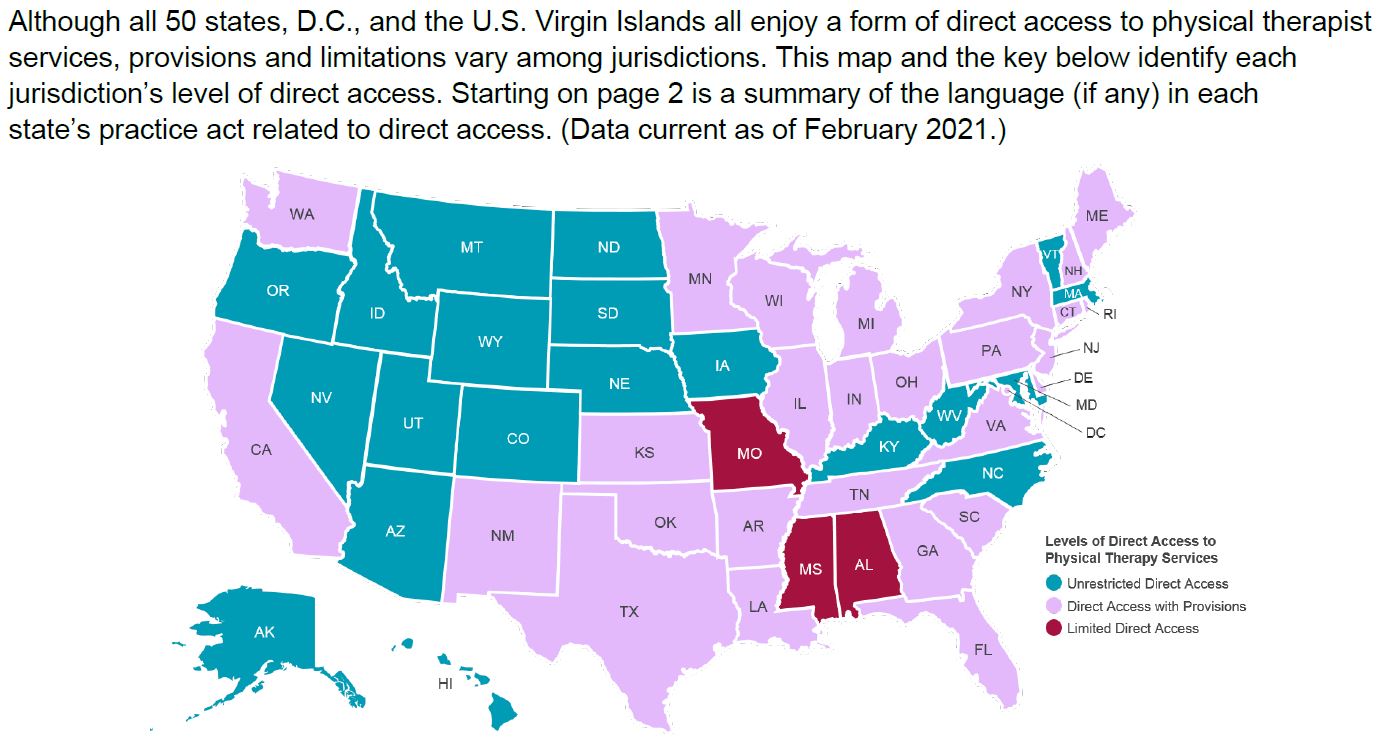
With autumn fast approaching, it’s hard not to think about just grabbing your surfboard and heading to the beach to catch a few more of those sweet, summer waves. The thrill of paddling your hardest, pushing up, and successfully becoming one with the force of the ocean is an incomparable thrill, and as a result, this past-time is forever increasing in popularity. Unfortunately, as the number of surf enthusiasts rises, so does the instance of injuries, the most common of which is shoulder impingement or rotator cuff tendinitis.
What is shoulder impingement?
Shoulder impingement is a condition that results from over usage of the shoulder while performing repetitive actions. In surfing, the usual culprit is the motion of paddling. This action strengthens the larger (mover) muscle groups around the shoulder, which apply upward pressure on the ball of the humerus (arm bone), but neglects the smaller muscle groups and tendons that make up the rotator cuff (stabilizers), which apply downward pressure on the ball of the humerus . When there is an imbalance between these two muscle groups, it causes the ball of the humerus to slide upward, ultimately compressing the space between the humerus and the bones above, and places an incredible amount of pressure on the rotator cuff tendons that sit in that space. This pressure can then cause pain in the shoulder, not just when lifting your arm up to paddle but even when simply reaching for objects that are overhead.
How does physical therapy treat shoulder impingement?
When treating this type of injury at BreakThrough Physical Therapy, our goal is to first reduce the inflammation and pain in that area and then work to regain a neutral position of the humerus, which would alleviate the impingement of the tendons of the rotator cuff. This neutral position can be achieved in a number of ways, such as strengthening of the rotator cuff and stretching of the larger muscle groups involved in the action of paddling. When we strengthen the rotator cuff, this allows the ball of the humerus to move downward towards that neutral position. This would be achieved by assigning a variety of exercises to be performed both in the clinic and at home. While strengthening those weaker muscles, we would also work to increase the flexibility of the larger muscle groups with both manual therapy performed by the physical therapist and stretches for the front of the deltoid, pectoral muscles, etc. Once we finish discussing the shoulder specifically we begin to take a global look and assess a person’s posture and indentify other parts of the body that can contribute to the shoulder impingement. For example tightness of the chest and neck or weakness of the back can produce poor posture which basically involves the rounding of the shoulder (internal rotation of shoulder). When the shoulder is rounded it decreases the space in between the humerus and the bones above based on the anatomical shape of the humeral head. To prevent the rounding of the shoulders we work on strengthening the upper back to keep the shoulder blades back, work on loosening our internal rotators which are our chest and lats, and increase the flexibility of the neck and upper back. Once these strengthening and stretching goals were achieved, the balance between these opposing muscle groups would be reestablished, the humerus would move back to a neutral position, and the pressure being placed on the rotator cuff tendons would be alleviated.
How do I prevent shoulder impingement?
Prevention is always the key to an active and healthy lifestyle, so if you are planning to try a new and rigorous sport, like surfing, be sure to first identify areas of weakness or stiffness beforehand. Once you are aware of your own limitations and the physical demands of the activity you plan on trying, seek the counsel of a professional, like one of our many qualified physical therapists, to prepare your body with appropriate stretching and strengthening exercises.
A bit about Anthony
Anthony Dinh has worked as an aide for BreakThrough Physical Therapy since 2010 and is currently in the process of applying to a number of DPT (Doctorate of Physical Therapy) programs throughout the country. His passion for surfing first developed over the years he spent studying for his B.S in Biology from UCSC, and when presented with the opportunity, he eagerly merged his knowledge of the sport with his other love, physical therapy.
ALSO SEE : Choosing the right running shoe



